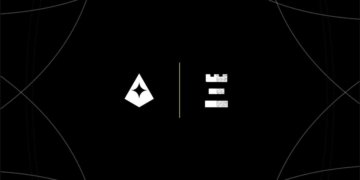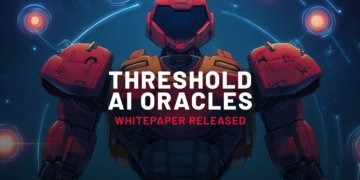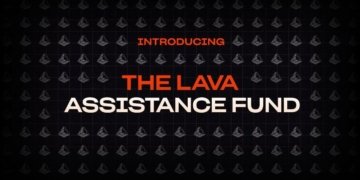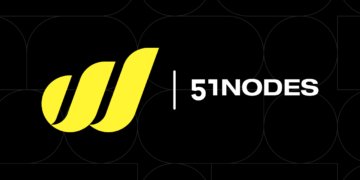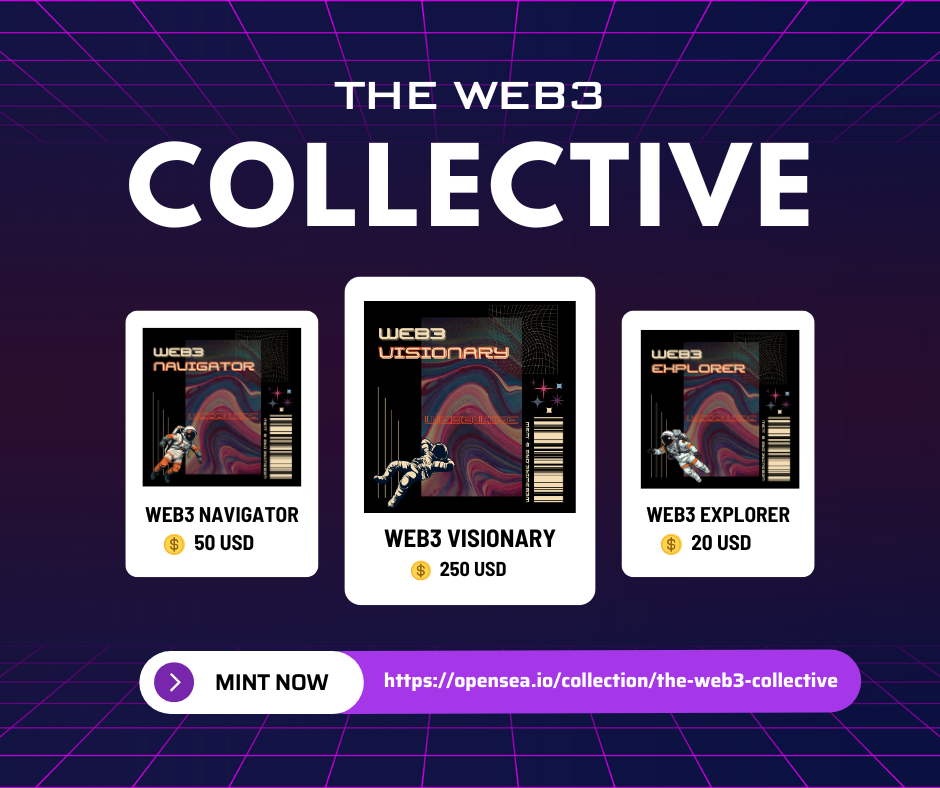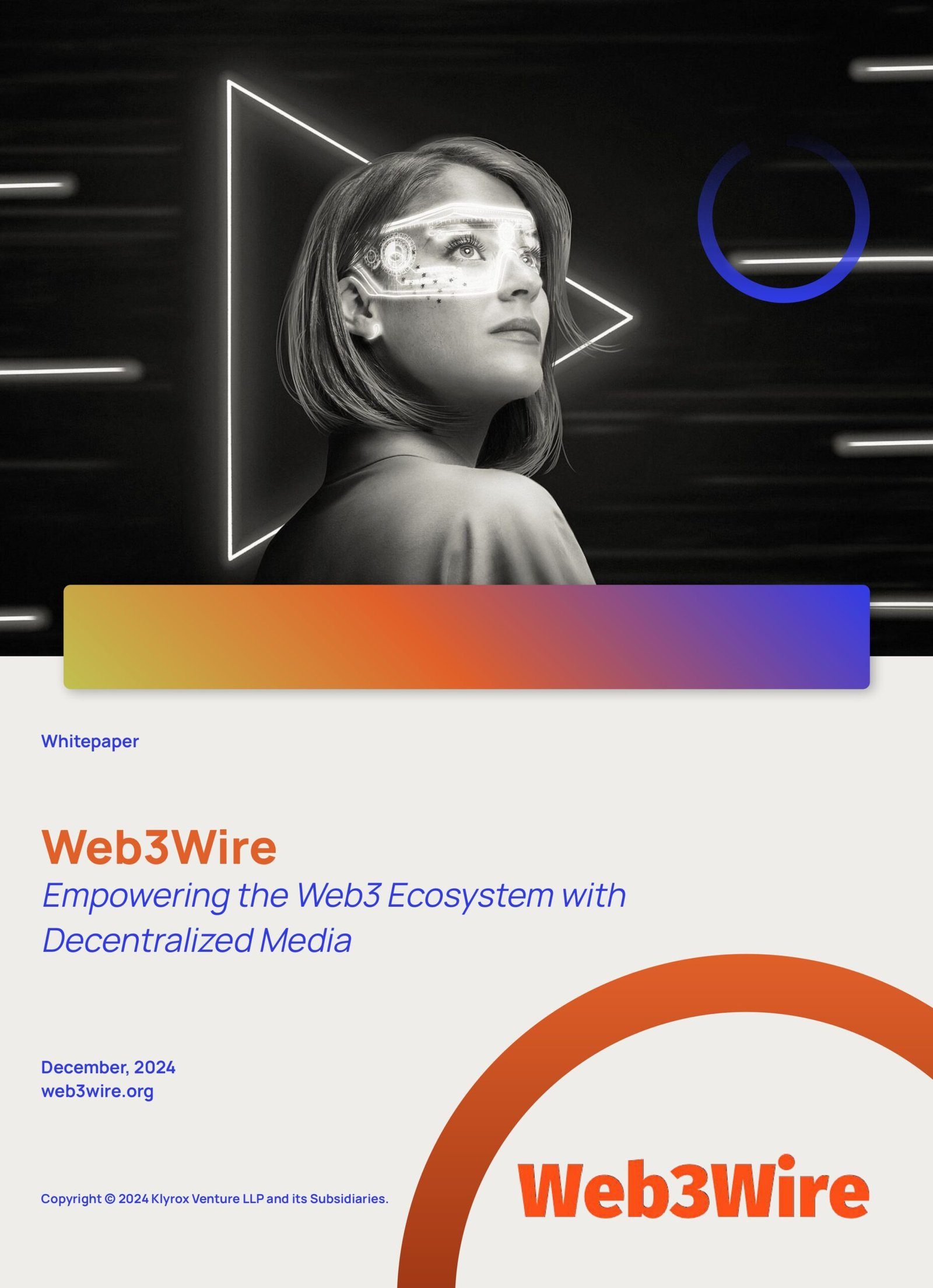
Revolutionary Blockchain Applications Transforming Web3 in 2025 Guide
The dawn of Web3 heralds a transformative era in the digital sphere, driven by the undeniable potential of blockchain technology. As we venture into 2025, blockchain is no longer limited to cryptocurrencies but acts as a pivotal force shaping myriad applications that promise to redefine industries. This guide explores the revolutionary blockchain applications that are set to change the landscape of Web3, providing increased efficiency, transparency, and security.
1. Decentralized Finance (DeFi) Revolution
One of the most transformative use cases of blockchain in Web3 is the evolution of Decentralized Finance (DeFi). DeFi utilizes blockchain to create a financial system that operates without traditional intermediaries. This burgeoning ecosystem is empowering users by providing access to financial services like lending, borrowing, and saving without the need for banks.
Key Benefits of DeFi:
- Accessibility: Anyone with an internet connection can access DeFi services.
- Transparency: Transactions are recorded on public ledgers, ensuring accountability.
- Efficiency: Smart contracts automate processes, reducing costs and time.
- Security: Decentralized platforms reduce the risk of fraud and hacking.
As DeFi continues to grow, we can expect further integration with traditional finance, resulting in a hybrid ecosystem that could change the way global financial markets operate.
2. NFTs: Beyond Art in the Digital Realm
Non-Fungible Tokens (NFTs) have surged in popularity, primarily as digital art collectibles. However, in 2025, their application extends far beyond art, emerging as powerful tools across various sectors including real estate, gaming, and identity verification.
Innovative NFT Applications:
- Real Estate: Tokenizing property allows for fractional ownership and easier transfer.
- Gaming: Provides players with true ownership of in-game assets, creating vibrant digital economies.
- Identity Verification: Can be used to securely prove identity and credentials without exposing personal information.
NFTs’ potential in verifying and authenticating various types of digital and physical assets positions them as a cornerstone for the development of Web3.
3. Supply Chain Transparency and Efficiency
Blockchain has the power to revolutionize supply chain management by providing transparency and efficiency. By recording every transaction on an immutable digital ledger, stakeholders can trace products from origin to delivery, ensuring authenticity and quality.
Improvements in Supply Chains:
- Fraud Reduction: Transparent records decrease the likelihood of counterfeiting.
- Operational Efficiency: Streamlining processes significantly cuts down on time and costs.
- Consumer Trust: Visibility into product origins assures quality and ethical sourcing.
The implementation of blockchain in supply chain networks is poised to revolutionize how industries like manufacturing and agriculture manage their operations.
4. Decentralization in Content Creation and Distribution
Web3’s vision of decentralization extends to content creation and distribution, challenging traditional media models and empowering creators. Blockchain-based platforms enable creators to distribute their work without intermediaries, ensuring fair compensation and control over their intellectual property.
Advantages for Content Creators:
- Ownership Rights: Ensures creators maintain rights and control over their content.
- Direct Monetization: Reduced reliance on centralized platforms, thereby increasing earnings.
- Community Engagement: Direct interaction with audiences fosters stronger community ties.
By leveraging blockchain, content creators can harness the power of decentralization to build sustainable careers, free from the constraints of industry gatekeepers.
5. Enhanced Privacy Solutions
In an era where data privacy concerns are paramount, blockchain offers innovative solutions to safeguard user data. As everything moves towards Web3, protecting personal information while maintaining transparency becomes essential, and blockchain is instrumental in achieving this balance.
Privacy-Centric Innovations:
- Encrypted Transactions: Maintain confidentiality while providing transparent verification.
- Secure Data Sharing: Allows safe access to personal data without relinquishing control.
- Decentralized Identities: Empower users with control over their digital identity.
These privacy-enhancing innovations place control back into the hands of users, fostering trust and security in the increasingly decentralized digital landscape.
Conclusion: Embracing the Future with Blockchain
As we embrace 2025, the transformational impact of blockchain across various sectors is undeniable. From reshaping financial systems to empowering content creators and enhancing privacy, blockchain technology is at the forefront of the Web3 revolution. By investing in and adopting these applications, businesses and individuals can prepare for a future that’s more decentralized, transparent, and inclusive.
Web3, bolstered by blockchain, represents a paradigm shift towards a more equitable digital world. Staying informed and responsive to these changes will be crucial for thriving in this new era.
“`


